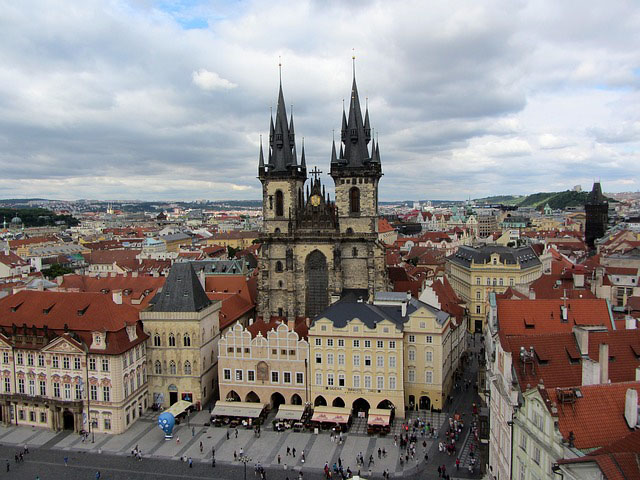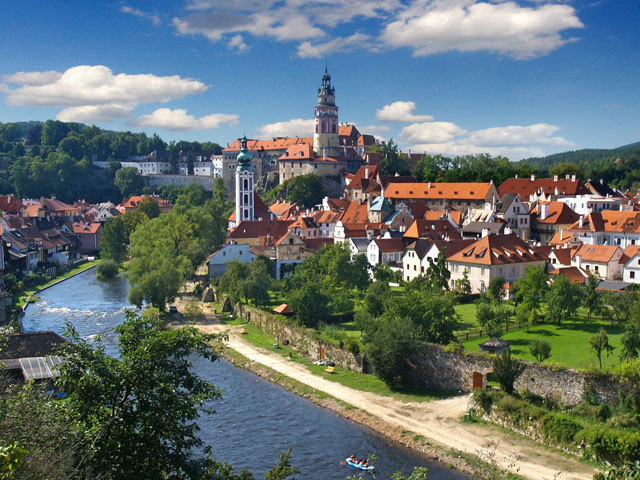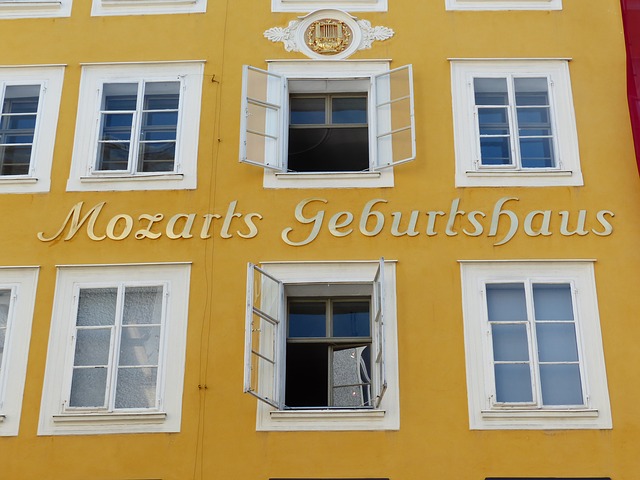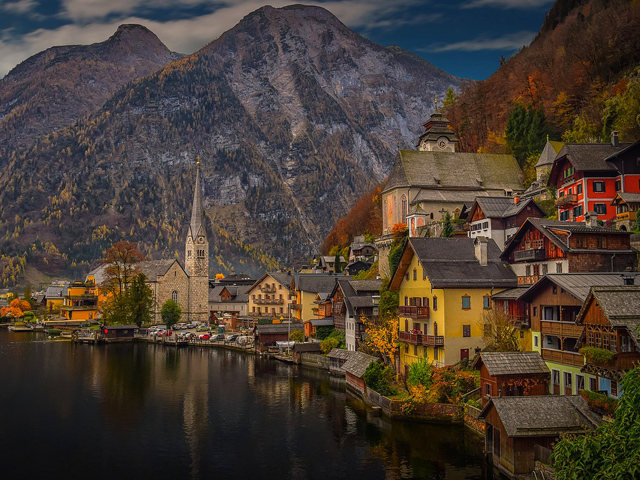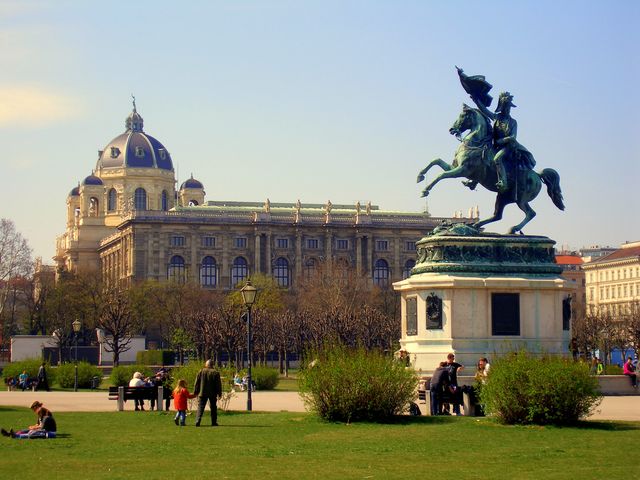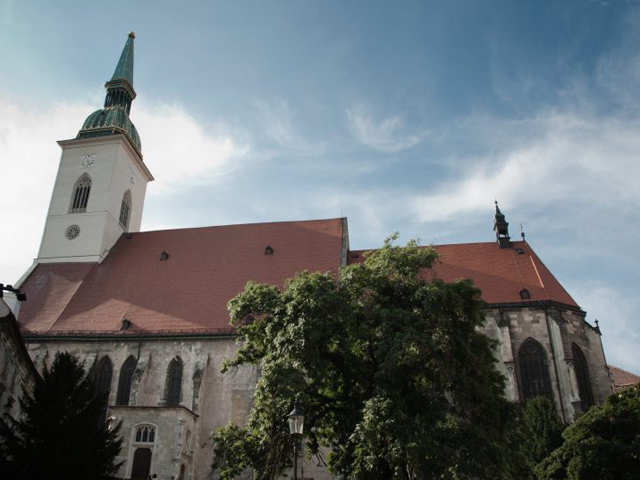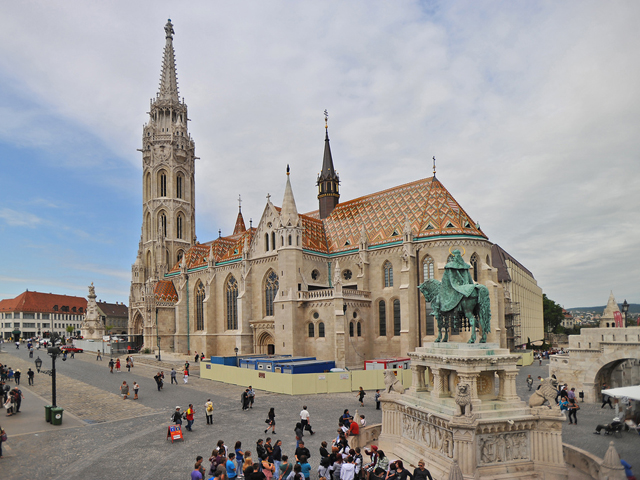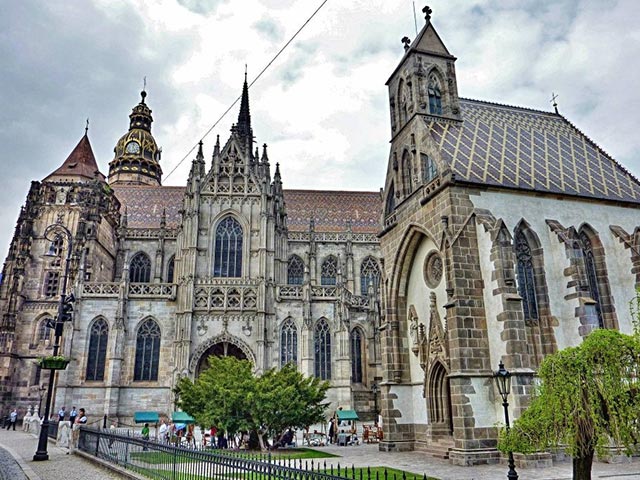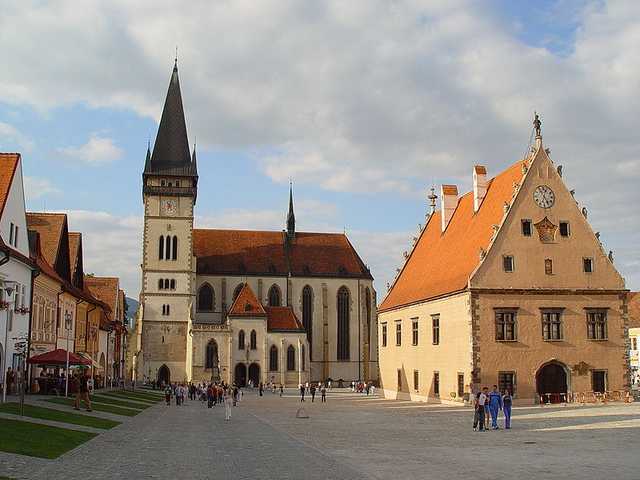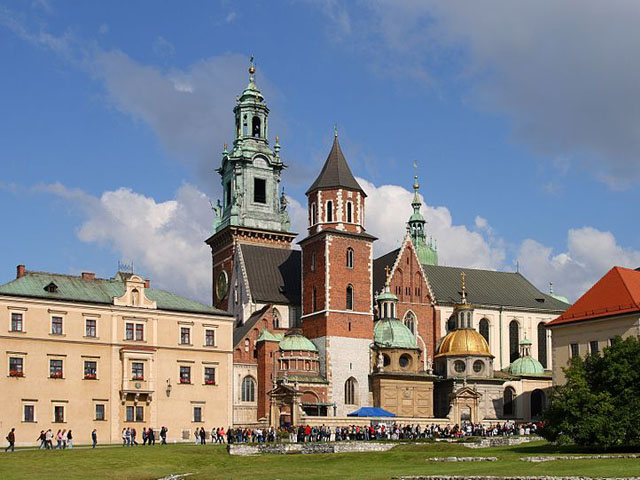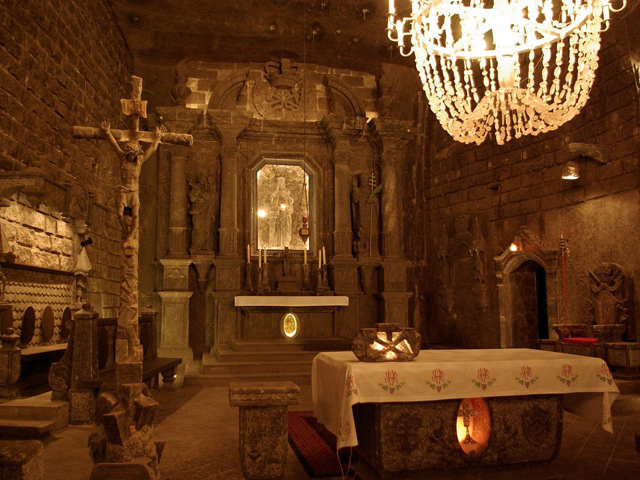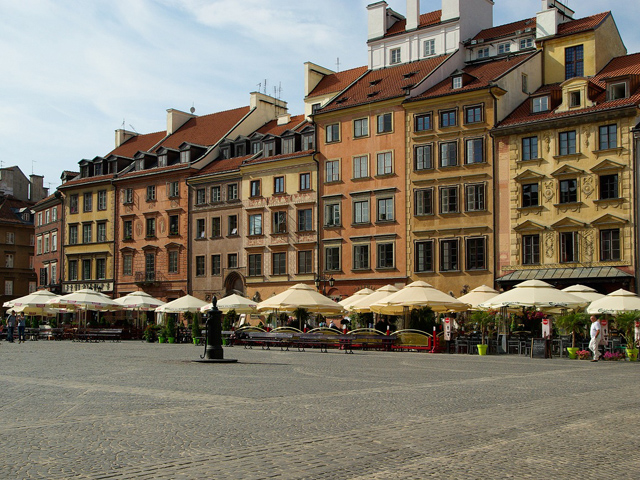Included
- Accommodation with breakfast for 13 nights in centrally located 4* hotels:
- 2 nights in Prague
- 1 night in Cesky Krumlov
- 1 night in Salzburg
- 2 nights in Vienna
- 1 night in Budapest
- 1 night in Bratislava
- 1 night in Banska Stiavnica
- 1 night in High Tatras
- 2 nights in Krakow
- 1 night in Warsaw - Trip transport (first-class train transport, local transfers and private car transfers)
- Services of local guides
- Regular group tours: Prague, Cesky Krumlov, Salzburg, Vienna, Wieliczka
- Private guided tours: Budapest, Slovakia, Krakow, Warsaw
- Admission fees: Cesky Krumlov castle, Mozart Residence Museum, Schonbrunn Palace, St Martin's Cathedral in Bratislava, St Mathias church and Fisherman Bastion in Budapest, Spis Castle, Wawel complex
- Airport transfer from Prague airport to the hotel on arrival day
- Airport transfer from hotel to Warsaw airport on departure day

